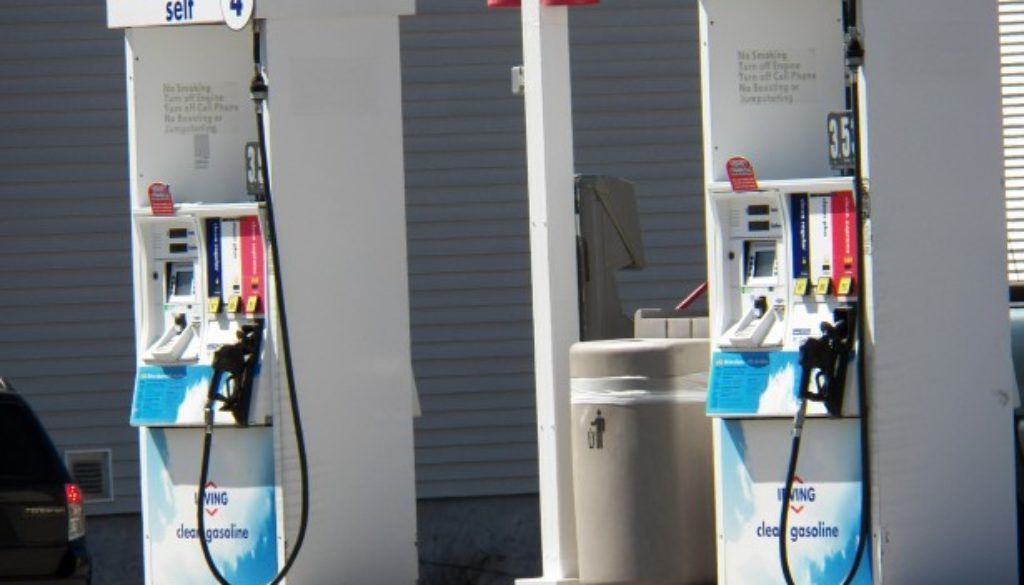New CAFE Standards Help Consumers Save Big
By Jason Kuruvilla, Consumers Union
Since 2012 when the current fuel economy rules were put into place, new cars and trucks have made great progress in boosting fuel efficiency. Now, federal and state officials are hoping to build on this progress by finalizing new standards for model years 2022-2025. Meeting the standards requires automakers to adopt new technologies. So the question is: are the costs of these technological enhancements worth it for consumers? And what impact does low gas prices have on the fuel savings consumers can expect?
In July, officials at the Environmental Protection Agency and the National Highway Traffic Safety Administration released a draft report on the technologies in the market today and how automakers can meet the new standards. The report found that much of the technologies needed to meet the standards already exist in the market now and that automakers were making great progress in deploying those technologies in new cars. In fact, a number of cars on sale today already meet the fuel efficiency goals for 2022-2025. Their report concluded that this progress means automakers can meet the standards and do it at a lower cost than they initially projected in 2012.
At Consumers Union, we want to know what this means for consumers. Obviously, it is good news that the federal report suggests the standards can be achieved at a reasonable cost. But factoring the cost of the technology and the expected fuel savings – will new car buyers come out on top? If so, how much will they save? And when?
It turns out the answers are 1) Yes. 2) A lot. And 3) Immediately.
In a new report [link] out today, Consumers Union finds new car and truck buyers can expect net savings soon after purchasing a new car. Since most buyers take out loans to purchase a new car or truck, the costs of the new technologies are spread out over the length of the loan. The fuel savings are so significant, even with low gas prices, the report estimates that gas savings will outweigh technology costs in the first month and continue after that. Over the life of a vehicle, consumers can expect to save between $3,200-$4,800. If gas prices rise to more typical levels, the savings will be even greater – up to $8,200 per vehicle.
These savings mean consumers have more money to spend on things they actually want or need.
So it is all the more confounding that some automakers continue to argue against higher fuel economy. They say that the costs for meeting the standards are too high, contrary to what was found in the exhaustive federal report based in large part on automaker-supplied data. They argue that consumers aren’t interested in more fuel efficient vehicles. But that’s the opposite of what we found in our recent national survey, which showed that nearly 80% of all Americans want higher fuel efficiency in their next vehicle purchase and fuel economy was the number one attribute car owners would like to see improved. Even consumers who buy trucks and SUVs expect more fuel efficiency in new vehicles.
Consumers Union supports strong fuel economy standards because they provide significant consumer savings. And given the clear benefits of the standards for consumers, we hope automakers honor their commitment to increasing efficiency and continue the progress they are making in producing cleaner cars.


